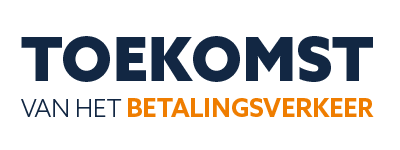Nordea Bank, the largest financial services group in the Nordics, services some 11 million customers, of which 700.000 are corporates in Norway, Sweden, Finland and Denmark. It is also one of the biggest banks in the European Union. A bank that is too big to fail. And: a bank with a specific view on PSD2.
Liisa Kanniainen, Vice President, Senior Strategic Advisor, is responsible for digitalizing the payment system for big corporate clients of Nordea. “PSD2 is just one thing. It is a regulation. What is more important is ‘open banking’. We are moving towards an API business model. We are in a phase of transformation.”
Changing role
The role of banks is changing, according to Kanniainen. “In the old world banks were interacting with corporations and with consumers. In the new world banking and payments are becoming an invisible part of everyday life. The big question here is: what does this mean for banks? How can they distinguish themselves from each other? Banking will always be there, but no doubt in the future banks will be perceived in a different way.”
Possibilities to distinguish oneself
PSD2 offers banks possibilities to distinguish themselves, says Kanniainen. “Some banks think: ‘PSD2 is another regulation that we just have to implement. Such an approach will only bring you to a position to become a backbone, a utility without any added value. There is also another approach. The approach that we at Nordea prefer and support. We consider PSD2 to be a starting point of a new way of thinking.”
Service that enhances user experience
For Nordea PSD2 means the bank has to open certain regulatory interfaces and has to allow third parties to offer services to its customers on the same terms as Nordea themselve. Kanniainen: “In other words: some banks consider PSD2 as a huge threat while other banks such as Nordea see it as an opportunity. If you choose to change your current business model towards an API based business model, you start opening other API’s as well. According to PSD2, you must open two interfaces, one for payment initiation and another one for payment information. Off course in banking there is a number of other use cases where the API model can be applied to increase efficiency for our customers. This is a way to enhance the user experience. In this way a bank can really add value.”

Kanniainen is one of the keynote speakers at the congress on the future of payments, April 19th in Amsterdam. What will she be talking about? “We at Nordea chose to take PSD2 much further than the regulations force us to do. Already a year ago we opened the Open Banking developer portal. At the moment more than 1.000 developers are using our tools to develop services within our environment. In just a year it has become a huge fintech development community. The result is that our customers will be benefiting from a much broader array of services. We actually received a Digital Financial Innovation of the Year 2017 award in London for this portal recently. At the congress I will go into this further and explain why we believe this is the way to deal with PSD2.”
More information about the Congress

